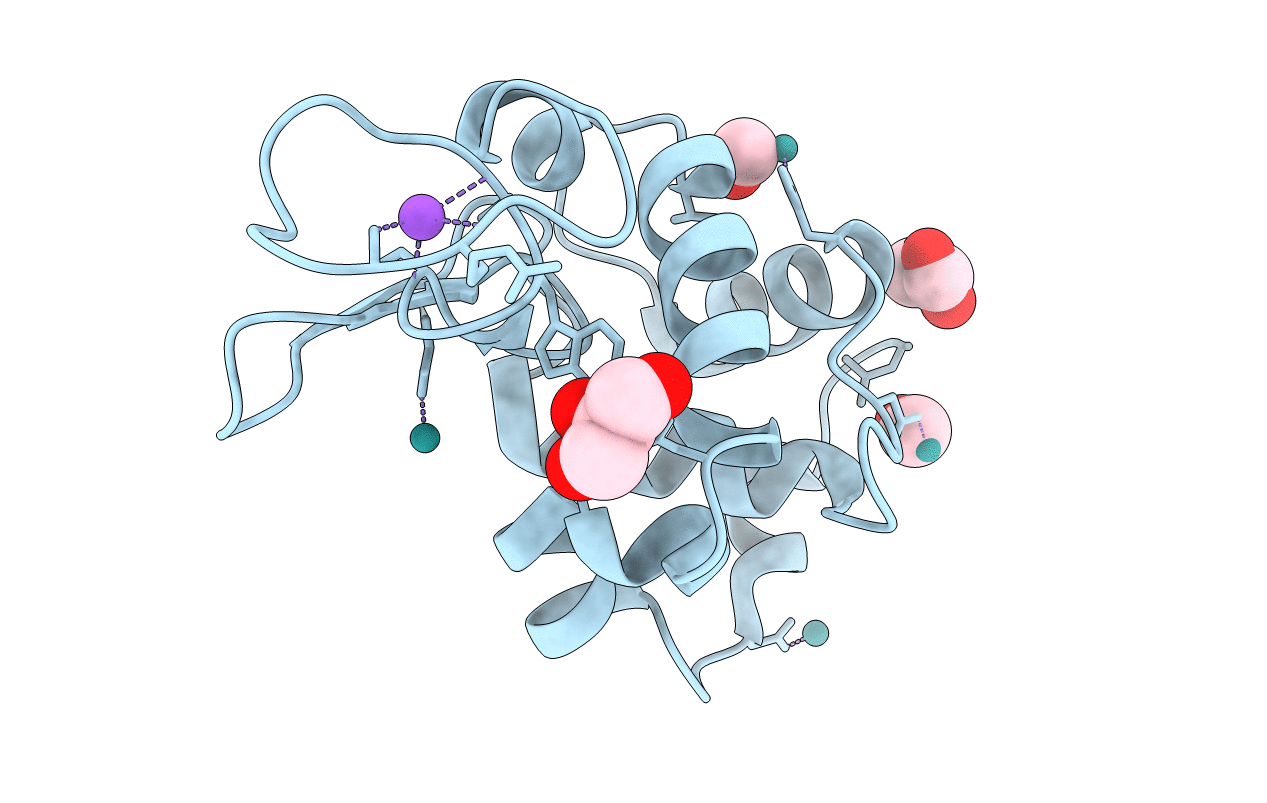
Deposition Date
2014-08-13
Release Date
2014-12-10
Last Version Date
2024-10-23
Entry Detail
PDB ID:
4UWN
Keywords:
Title:
Lysozyme soaked with a ruthenium based CORM with a methione oxide ligand (complex 6b)
Biological Source:
Source Organism:
GALLUS GALLUS (Taxon ID: 9031)
Method Details:
Experimental Method:
Resolution:
1.67 Å
R-Value Free:
0.21
R-Value Work:
0.16
R-Value Observed:
0.16
Space Group:
P 43 21 2


